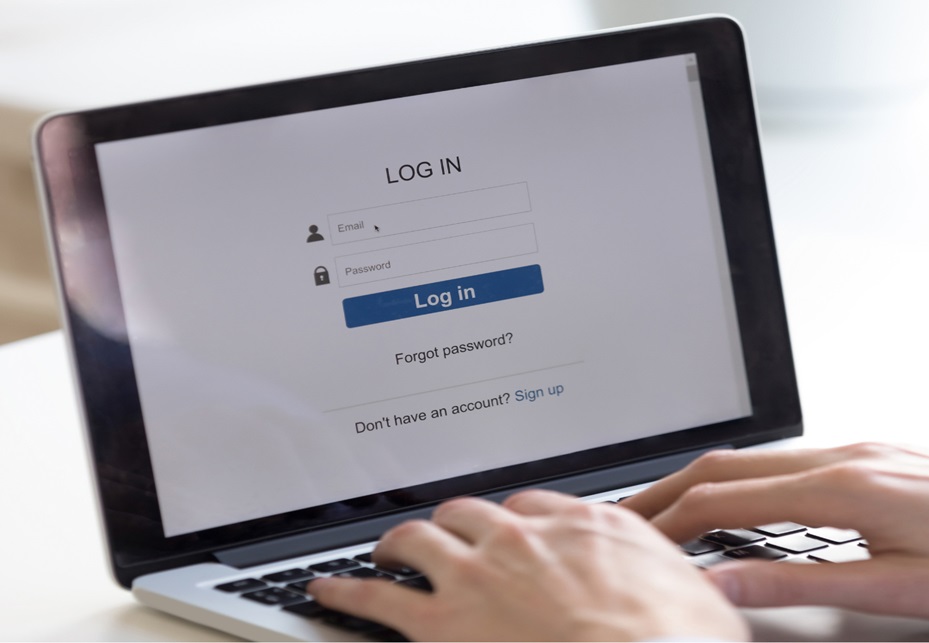Rampant gathering of sensitive and confidential information can be observed in today’s highly technologically-dependent society, so implementing identity and access management solutions is critical to fostering security and trust. However, successful implementation of these systems requires a strategic methodology incorporating various practices.
Discover how to properly implement these systems, ensuring adherence to industry regulations and corporate goals.
8 Best Practices to Successfully Implement Identity and Access Management
1. Define Clear IAM Policies and Standards
Establishing clear IAM policies and standards is the foundation of successful identity and access management implementation. Enterprises must define roles and responsibilities for users, specifying who has access to what resources and under what conditions. This approach involves classifying data and resources according to sensitivity and determining the appropriate level of access control. Clear policies help mitigate risks by ensuring consistent access protocols and minimising the potential for unauthorised access. Regular reviews and updates of these policies are essential to adapt to evolving security threats and business needs.
2. Leverage Role-Based Access Control (RBAC)
Role-Based Access Control (RBAC) simplifies user management permissions by assigning access rights based on user roles within the organisation. This approach ensures that employees have the minimum necessary access to perform their duties, reducing the risk of privilege escalation. Implementing RBAC involves creating role definitions that accurately reflect the functions and responsibilities of various job positions. Periodic audits of these roles are essential to ensure they remain aligned with organisational changes and do not become overly permissive.
3. Implement Multi-Factor Authentication (MFA)
Multi-factor authentication (MFA) adds an extra layer of security by requiring users to provide two or more verification factors to gain access to resources. This process significantly reduces the risk of credential theft and unauthorised access. Enterprises should integrate MFA into their IAM solutions, particularly for accessing critical systems and sensitive data. MFA can include something the user knows (password), something the user has (security token), and something the user is (biometric verification). Regularly updating and reviewing MFA policies can enhance security resilience against emerging threats.
4. Automate Provisioning and De-Provisioning Processes
Automation of provisioning and de-provisioning processes is a suitable practice for identity and access management. Automating these processes ensures users are granted appropriate access rights promptly when they join the organisation and that access is revoked immediately upon their departure. This process reduces the risk of orphan accounts that could be exploited for unauthorised access. IAM solutions should integrate with HR systems to streamline these workflows, ensuring that access rights automatically update in response to changes in employment status.
ALSO READ: How and When to Improve Your Identity and Access Management Strategy with Identity Fabrics
5. Conduct Regular Access Reviews and Audits
Regular access reviews and audits are essential to maintain the integrity of IAM solutions. Enterprises should schedule periodic reviews to verify that access rights remain appropriate and compliant with internal policies and external regulations. These reviews help identify and remediate discrepancies, including users retaining access they no longer need. Implementing automated tools to facilitate continuous monitoring and reporting can enhance the efficiency and accuracy of these audits, ensuring that potential issues are addressed proactively.
6. Ensure Strong Password Policies and Management
Strong password policies are a critical component of IAM security. Enterprises should enforce complex password requirements, such as minimum length, the inclusion of unique characters, and periodic password changes. Additionally, implementing password management solutions can help users securely store and manage their passwords, reducing the risk of weak or reused passwords. Educating employees about the importance of password security and guiding best practices can further strengthen the overall security posture.
7. Integrate IAM with Existing Security Infrastructure
Integrating IAM solutions with existing security infrastructure is essential for creating a cohesive and comprehensive security strategy. IAM should work seamlessly with other security measures, including firewalls, intrusion detection systems, and security information and event management (SIEM) solutions. This integration enhances the ability to detect and respond to security incidents by providing a unified view of user activities and access patterns. Enterprises should prioritise solutions that offer robust interoperability and integration capabilities to maximise their security investments.
8. Foster a Security-Aware Culture
A security-aware culture is fundamental to the success of IAM implementation. Employees should understand the importance of identity and access management and their role in maintaining security. Regular training sessions, awareness programs, and clear communication of security policies can help foster this culture. Encouraging employees to report suspicious activities and providing channels for anonymous reporting can also enhance the overall security environment. By embedding security awareness into the organisational culture, enterprises can reduce human-related vulnerabilities and strengthen their IAM efforts.
Conclusion
Enterprises must adopt a holistic strategy when implementing identity and access management solutions, encompassing policy definition, role management, authentication, automation, and cultural considerations. Following these guidelines will bolster security measures, maintain compliance, and safeguard valuable assets from unauthorised entry. Organisations must also conduct regular reviews and updates of their IAM strategies to stay ahead of emerging threats and technological progressions.
Visit Adnovum today to fortify your defences and protect your sensitive information.


